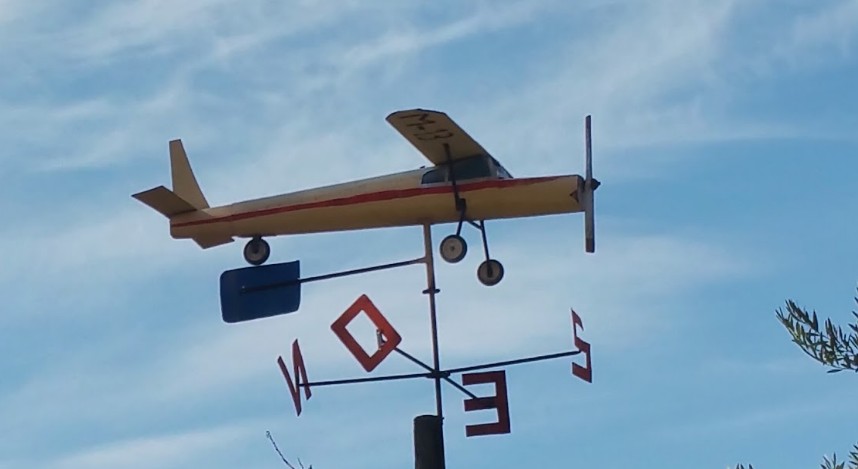The sector is once again doing well, after the difficulties following September 11, 2001. Orders are currently at all all-time high for most manufacturers. Let’s take a closer look at an industry that employs almost 80,000 people in Canada.
It was the end of 2001, and the repercussions of the terrorist attacks against the World Trade Center were not long in coming—the world aerospace industry plunged into an economic slump. Airline losses affected manufacturers’ orders and tens of thousands of people were laid off. In Canada, less than a month after the attacks, Bombardier announced the axing of 3,000 jobs in its aerospace division, yet another example of a crisis that lasted two years.
DOUBLING OF SALES IN 15 YEARS
The nightmare that affected the industry ended in 2004. Even better, the aerospace construction sector is now booming. Last year, the Canadian aerospace industry (which includes aviation and aerospace activities) had sales pf $22.1 billion, more than double the numbers in the beginning of the 1990s. It is now ranked fourth worldwide, behind the U.S., U.K. and France. This year, sales should continue to increase and surpass $23 billion, according to a forecast by trade association Aerospace Industries Association of Canada (AIAC).
At the same time, the total number of jobs in the aerospace sector has bounced back to higher than what it was before 9/11. In 2006, the sector employed 79,000 workers, or 4,000 more than the previous year. Quebec alone accounts for more than half of them, with 45,000 employees.
EXPORTS STIMULATED BY WORLD GROWTH
Thanks to global economic growth, opportunities have multiplied for a number of Canadian players that are among the leaders in their field, including Bombardier (planes), Bell Helicopter Textron (helicopters), Pratt & Whitney Canada (engines) and CAE (flight simulators). Keep in m ind that 80% of these manufacturers’ production is exported. “Airline travel is up all over the planet,” says Carmy Hayes of the Centre d’adaptation de la main-d’œuvre aérospatiale au Québec (CAMAQ).”Demand for aerospace products and services is very high, especially in emerging countries like China, India and Brazil.” Via domino effect, more than 400 equipment manufacturers, suppliers and subcontractors are reaping profits across the country.
Bombardier Aerospace’s order book for regional jets and other private jets has never been so full. Since the beginning of the current fiscal year starting January 31, it has increased by 38% to reach a historic $18.2 billion. Likewise, net orders for the second quarter have more than doubled from the previous year, with 187 planes vs 77.
PRIVATE R&D SPENDING EXCEEDS $1 BILLION A YEAR
Over the past few years, large Canadian manufacturers have invested in market niches considered promising. Two years ago, Pratt & Whitney Canada started developing small engines for “jet taxis.” The idea is to use assembly line production methods from the car industry to penetrate a high sales volume market. Today, six months after the launch of these revolutionary products, there are already thousands of orders, the equivalent of 40 years of marketing for a traditional engine.
Overall, the private sector spends more than $1 billion each year in R&D, the heart of the Canadian aerospace industry. Faced with increasingly competitive Chinese, Indian and Taiwanese manufacturers, the Bombardiers and PWCs of this world are relying on innovation more than ever. And with the continued hikes in oil prices, it is becoming urgent to build more economical and environmentally friendly planes.
A favourable economic outlook, new markets, long-term projects—the major players, and by extension, the smaller ones—have a good set of conditions for the years to come. While the industry remains sensitive to events like that of September 11, it is based on a solid foundation in Canada.
